The GIMEMA Foundation was established in 1982 based on a suggestion by Professor Franco Mandelli.
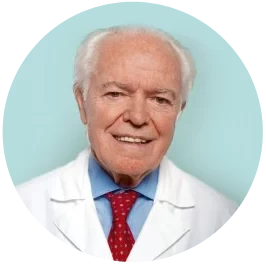
“It was 1982 when some colleagues, I would say friends, followed me in the idea of joining forces, convinced like me that only with collaboration we could achieve important results”.
– Franco Mandelli
The idea was to create a collaborative network between the various Italian Haematology Centres to share trial data so that the results achieved could be assessed in a scientifically correct way.
The GIMEMA was set up as a cooperating group, with the enrolment of the first centres and the start of the first multi-centre studies on acute leukaemia. In 1998 the group became the GIMEMA Foundation Onlus and extended its trials to include non-malignant diseases.
Today the GIMEMA Foundation is a recognised institution that coordinates a national network involving almost all Italian haematological centres. It also manages a broad range of international collaborations.
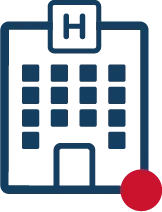
The GIMEMA group (Gruppo Italia Meridionale Emopatie Maligne dell’Adulto, Southern Italian Malignant Adult Haematological Diseases Group) was founded. The first 9 centres joined, and the first multi-centre studies were launched to assess the validity of new diagnosis and treatment protocols for acute leukaemia. The first 9 Haematology Centres to enrol were: Bari, Naples “Federico II”, Perugia, Pescara, Reggio Calabria, Rome “Sapienza”, Rome Cattolica, San Giovanni Rotondo, Turin.
1982 • GIMEMA group was founder
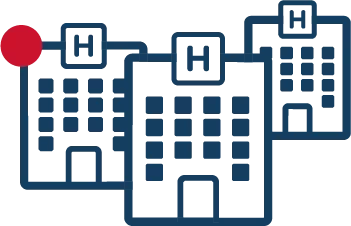
The number of participating centres began to rise. New multi-centre studies were developed nationwide. GIMEMA becomes Gruppo Italiano Malattie Ematologiche Maligne dell’Adulto, Malignant Adult Haematological Diseases Italian Group. Given the success of the initiative, the Data Centre was created, a central hub set up to manage the operational and scientific aspects of the group’s activities.
1985 • Data Centre
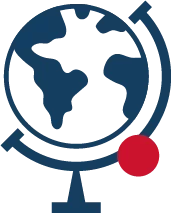
GIMEMA embarked on the first formal collaborations with International research groups. This led to the first experimental protocols being activated with the Leukaemia Group of the EORTC (European Organization for Research and Treatment of Cancer).
1988 • International research
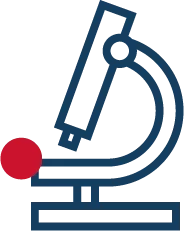
The ambitious biological sample centralization project was launched, in order to standardise diagnostic methodologies and cytogenetic and molecular ones in particular. In fact, the translational research activity began in the GIMEMA studios. The first 5 laboratories involved were: Rome, Naples, Orbassano, Ferrara and Perugia.
1996 • Standardise diagnostic methodologies
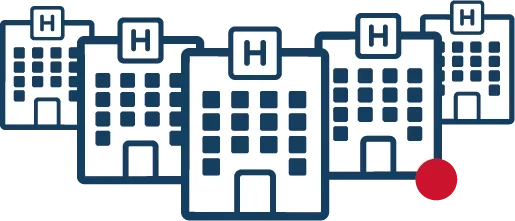
The GIMEMA Onlus Foundation was established with the enrolment of over 100 centres in Italy. GIMEMA extended the studies to other pathologies that even concerned non-malignant diseases becoming the Gruppo Italiano Malattie EMatologiche dell’Adulto. The chairmanship was entrusted to Professor Franco Mandelli.
1998 • Non-malignant disease

GIMEMA obtained ISO 9001-2000 certification. GIMEMA was among the first independent research centres to obtain operating procedure certification for its research facilities.
2002 • Certification

The expansion of the Group, the increase in clinical and biological studies, the entry into force of European regulations and the increased visibility of GIMEMA at an international level, lead to the creation of Working Parties (WP): work teams specialised in various haematological pathologies that set up operational committees to undertake in-depth studies on specific topics.
2004 • Working Parties
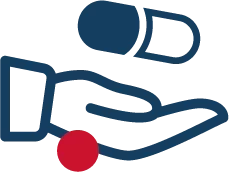
The first phase I studies were undertaken. Research was even extended to more innovative drugs, used for the first time on humans.
2008 • Phase I studies

GIMEMA InFormazione was set up. A unit focused on providing information and updates to the general public, professional clinical research training (university master’s degrees and courses) and sharing scientific innovations.
2010 • GIMEMA informazione
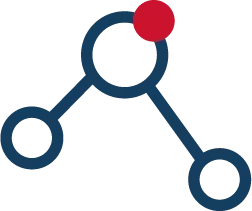
Saw the launch of the LabNet network, which connects laboratories and haematology centres to provide diagnoses for certain pathologies and evaluate therapies.
2014 • LabNet network

The Data Centre is one of the five Clinical Trial Units certified at European level as compliant with the strictest clinical research standard, by the ECRIN consortium.
2015 • Clinical Trial Units certified

GIMEMA Informazione becomes a registered publication. It focuses on disseminating the latest news on issues of consequence for the haematological sector.
2020 • News for the haematological sector
The GIMEMA Foundation celebrated 40 years of research and held its first national meeting.

